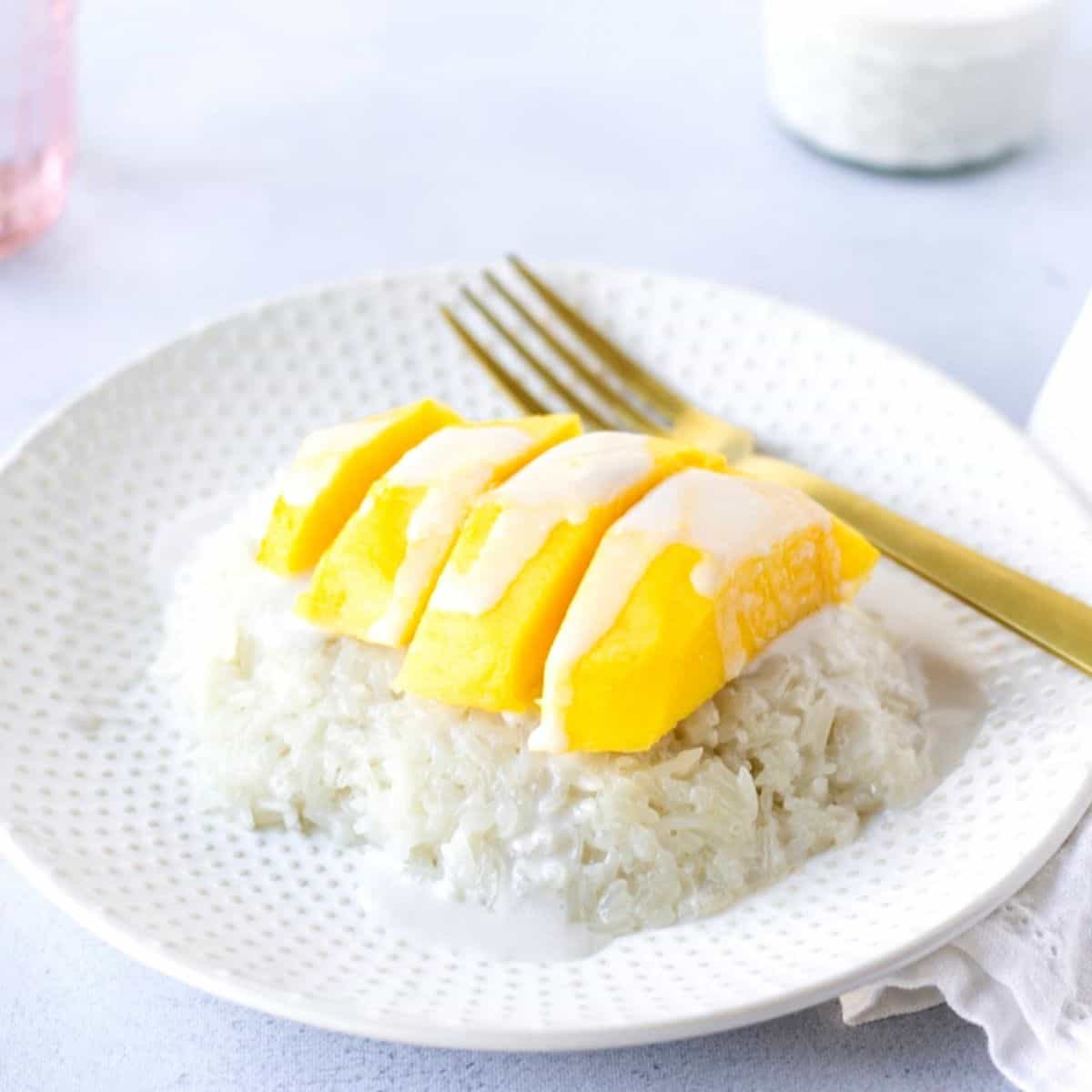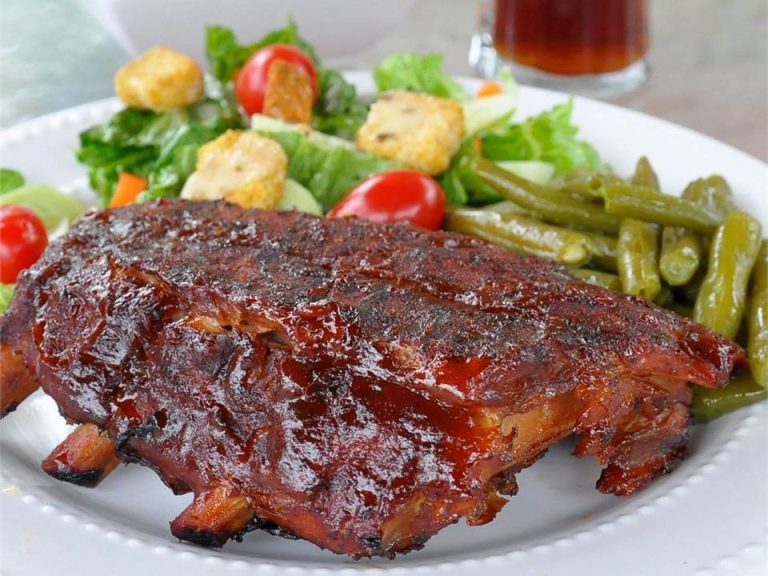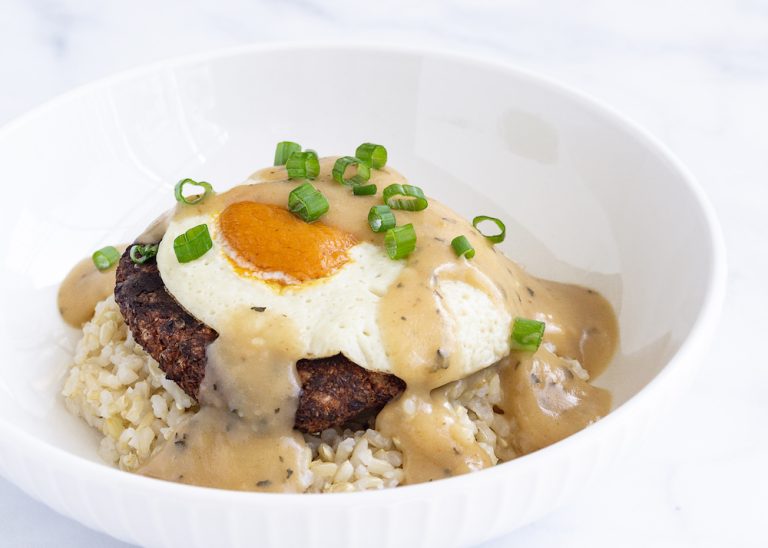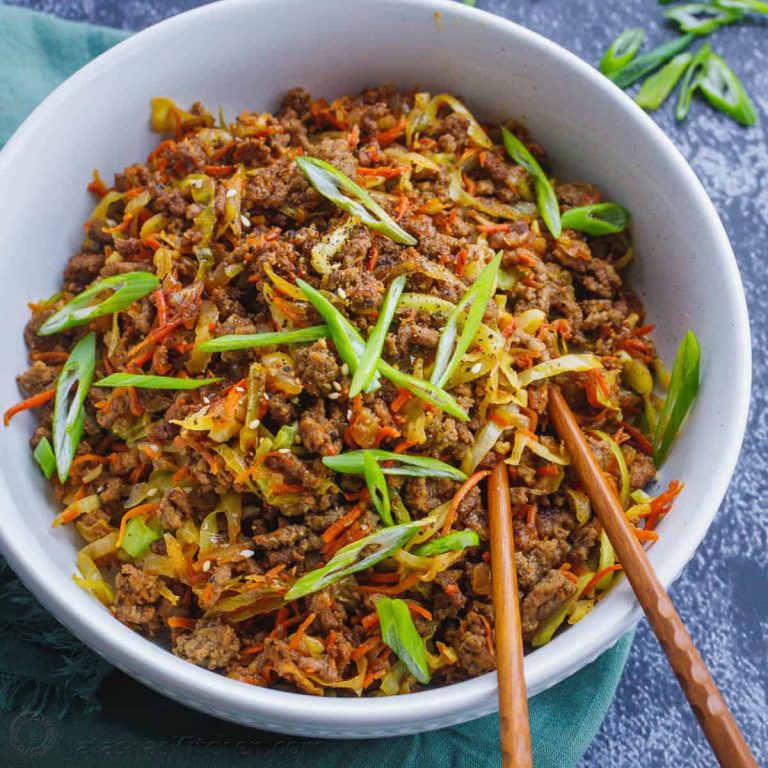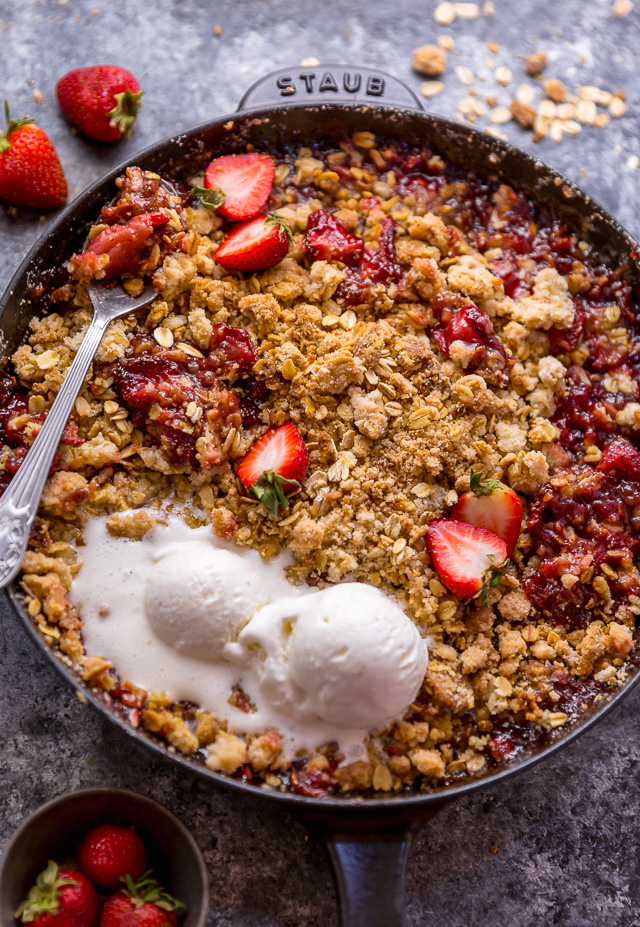Sweet Sticky Rice and Mango: A Delicious Dive into Thailand’s Beloved Dessert
Sweet sticky rice and mango, or Khao Niew Mamuang in Thai, traces back to the ancient kingdoms of Thailand. Originating in Southeast Asia, this dessert gained prominence through regional trade and cultural exchanges. Farmers began cultivating glutinous rice, which thrived in the wet, tropical climate, around 4,000 years ago. Alongside rice cultivation, mangoes also became integral to local diets due to their natural sweetness and abundance during the hot season. Over time, combining sticky rice with coconut milk and fresh mango resulted in a dessert that celebrated the natural resources of Thailand.
Regional Variations
The core ingredients of sweet sticky rice and mango remain constant, yet regional variations exist. In Northern Thailand, locals might add toasted sesame seeds or mung beans to enhance texture. Central Thailand often includes more coconut milk and a touch of salt to balance the sweetness, while Southern Thailand might incorporate pandan leaves during cooking to add a distinct aroma. These regional differences add unique elements to the dessert, reflecting the diversity within Thai culinary traditions.
Key Ingredients and Preparation
Choosing the Right Type of Rice
Opt for glutinous rice, often known as sticky rice or sweet rice. This rice variety enhances the dish’s chewy texture and naturally sweet flavor. Soak the rice for at least 4 hours, ideally overnight, to achieve optimal softness after steaming. Steaming is preferable to boiling as it maintains the grain integrity. Use a traditional bamboo steamer if possible to retain authentic flavor and consistency.
The Role of Mango in the Dish
Select ripe mangos with vibrant yellow skin and a slight give when pressed. Common varieties include Nam Dok Mai and Ataulfo, prized for their sweetness and buttery texture. Slice the mango thinly, and arrange it artistically on the plate. Ensure the mango compliments, rather than overshadows, the rice’s rich, coconut-infused flavor. Consider garnishing with toasted sesame seeds or mung beans for added texture and visual appeal.
Cooking Techniques for Sweet Sticky Rice and Mango
Making the Perfect Sticky Rice
Choosing glutinous rice ensures the right texture for sweet sticky rice. Rinse the rice thoroughly until the water runs clear to remove excess starch. Soak the rice in water for at least 4 hours, preferably overnight, to enable even cooking. Drain and steam the soaked rice using a steaming basket lined with cheesecloth for about 20-25 minutes, checking for a tender but firm texture. Ensure the rice is evenly cooked by occasionally turning it.
While the rice steams, prepare the coconut mixture by combining coconut milk, sugar, and a pinch of salt in a saucepan. Heat gently until the sugar dissolves but do not let it boil. Once sticky rice finishes steaming, transfer it to a mixing bowl and gradually fold in the coconut mixture. Cover and let it sit for 20-30 minutes to absorb flavors.
Preparing and Adding the Mango
Select ripe, fragrant mangos like Nam Dok Mai or Ataulfo for their sweetness and texture. Peel and slice the mangos into even pieces or cubes, ensuring a clean presentation. Arrange the mango slices alongside the prepared sticky rice on a serving plate.
For an authentic touch, garnish with toasted sesame seeds or mung beans. Lightly toast these in a dry frying pan until golden brown. Sprinkle them over the sticky rice for added texture.
Serve the sweet sticky rice with mango at room temperature, allowing the flavors to meld perfectly. Drizzle extra coconut sauce over the dish if desired for added richness.
Serving and Presentation Tips
Traditional vs. Modern Presentation
Traditional presentation emphasizes authenticity and simplicity. Serve sweet sticky rice and mango on woven bamboo plates or banana leaves for an authentic touch. Arrange the sticky rice beside the sliced mango. Garnish with toasted sesame seeds or mung beans for added texture and a visual pop.
Modern presentation incorporates creative elements. Use circular molds to shape the sticky rice or arrange it in layers with mango slices. Drizzle extra coconut milk on top for an appealing finish. Edible flowers or mint leaves make excellent garnishes.
Pairing with Other Desserts or Beverages
Pairing sweet sticky rice and mango with other desserts enhances the dining experience. Coconut ice cream complements the dish perfectly, adding a creamy texture. Mango sorbet offers a refreshing contrast.
Suitable beverages elevate the experience. Thai iced tea provides a sweet, refreshing counterbalance. Green tea clears the palate between bites, while light coconut water complements the tropical flavors.
By integrating these serving and presentation tips, you’ll elevate sweet sticky rice and mango from a traditional Thai dessert to a versatile, visually engaging dish.
Health Benefits and Nutritional Information
Caloric Content Analysis
Sweet sticky rice and mango are calorie-dense, mainly due to its key ingredients. A standard serving of sweet sticky rice and mango, approximately 1 cup, provides around 400 calories. The sticky rice itself contributes about 240 calories, while the coconut milk adds approximately 150 calories. The mango, depending on size, contributes roughly 100 calories per cup. Although rich in calories, the dish offers a balanced combination of carbs, healthy fats, and vitamins from the mango.
Dietary Considerations
Sweet sticky rice and mango can fit into a balanced diet if consumed in moderation. The dish is gluten-free, making it a suitable option for those with gluten sensitivities. For vegan diets, this dessert aligns perfectly since it uses coconut milk instead of animal-derived products.
However, the high carbohydrate and sugar content may not be ideal for individuals managing diabetes or those on low-carb diets. Each serving contains about 90 grams of carbohydrates, with the sticky rice being the primary source and the mango contributing natural sugars. Consider using light coconut milk for a lower-fat version or reducing the portion size to manage calorie intake.
Conclusion
Sweet sticky rice and mango is more than just a delightful Thai dessert; it’s a celebration of Thailand’s rich culinary heritage and natural bounty. By mastering the techniques and using the right ingredients, you can create an authentic and delicious version of Khao Niew Mamuang at home. Whether you’re serving it traditionally or with a modern twist, this dessert is sure to impress your guests and satisfy your sweet tooth. Enjoy the harmonious blend of flavors and textures that make this dish a beloved favorite around the world.
